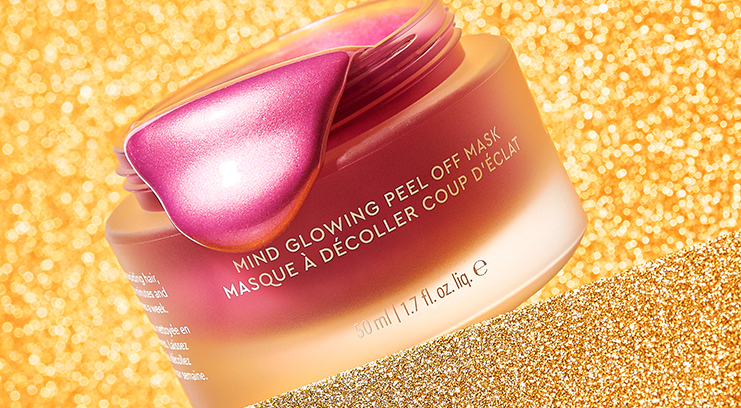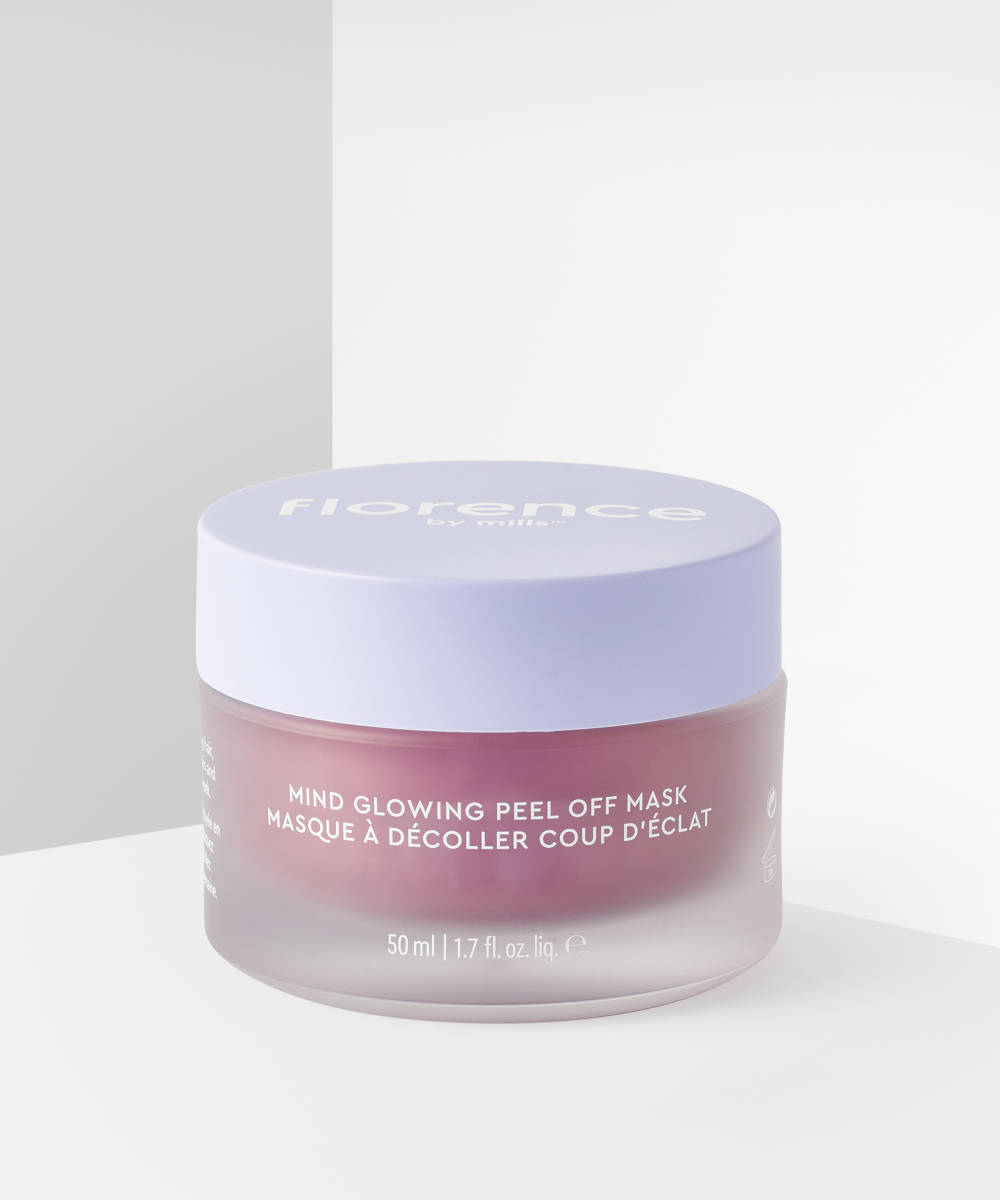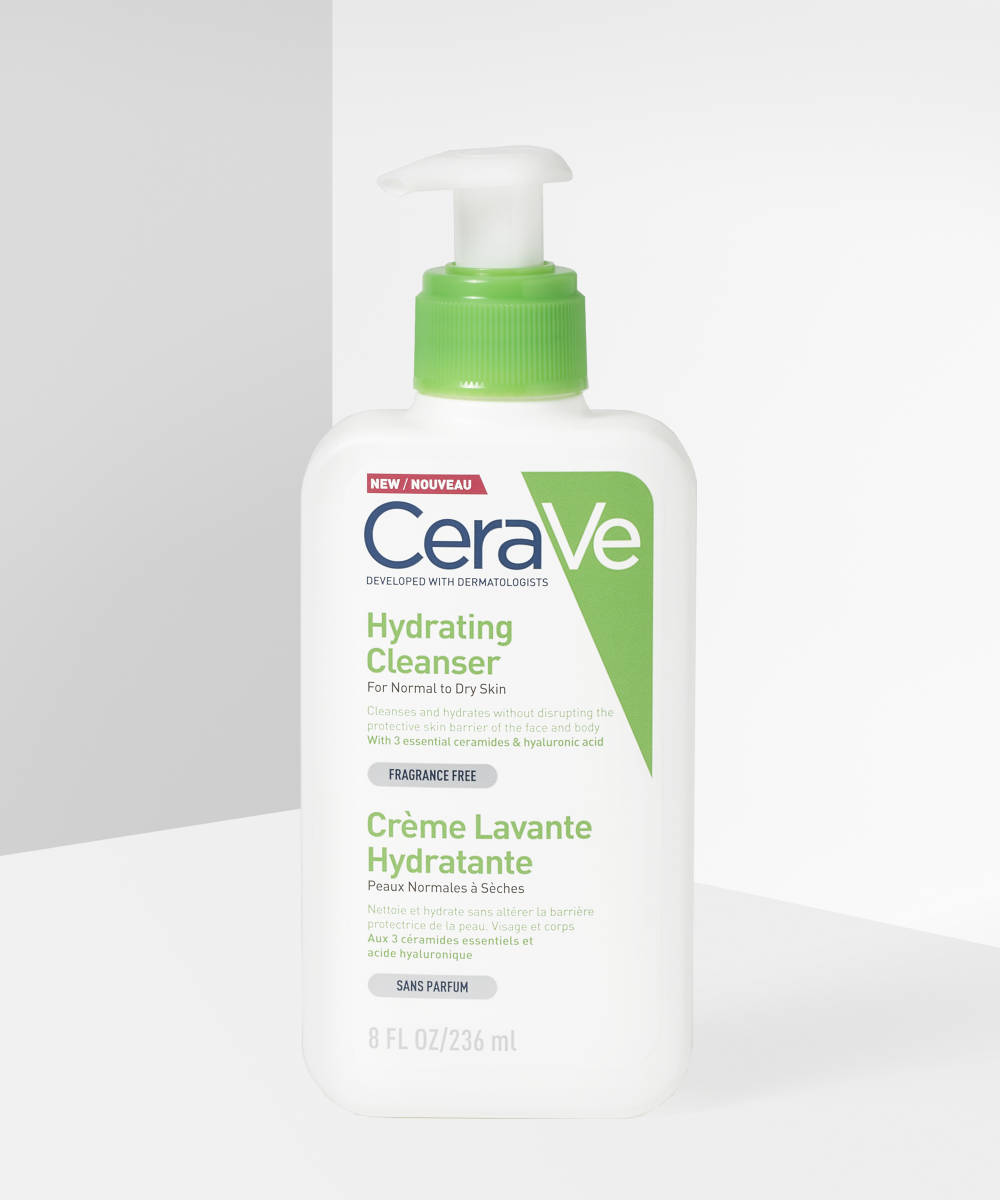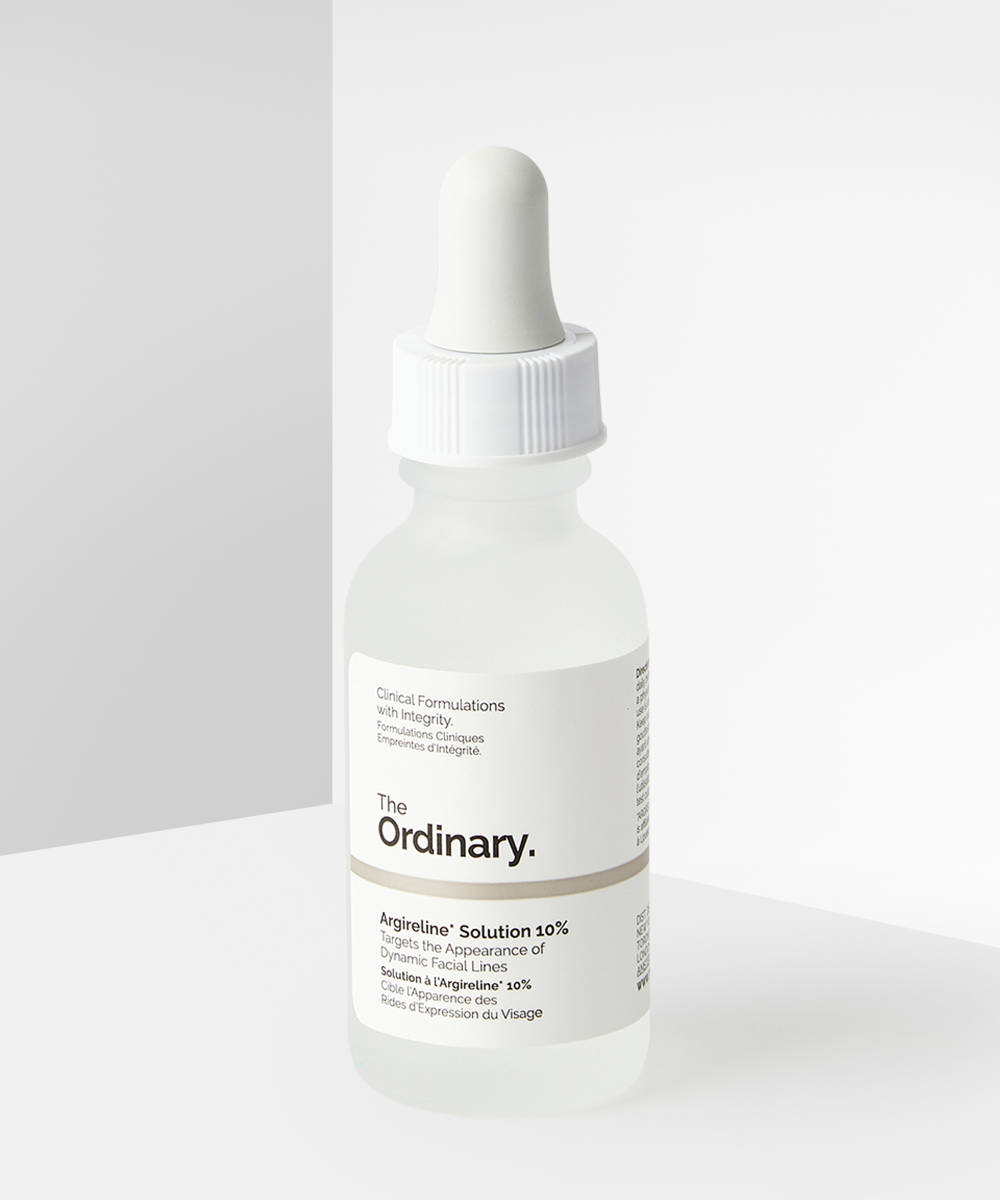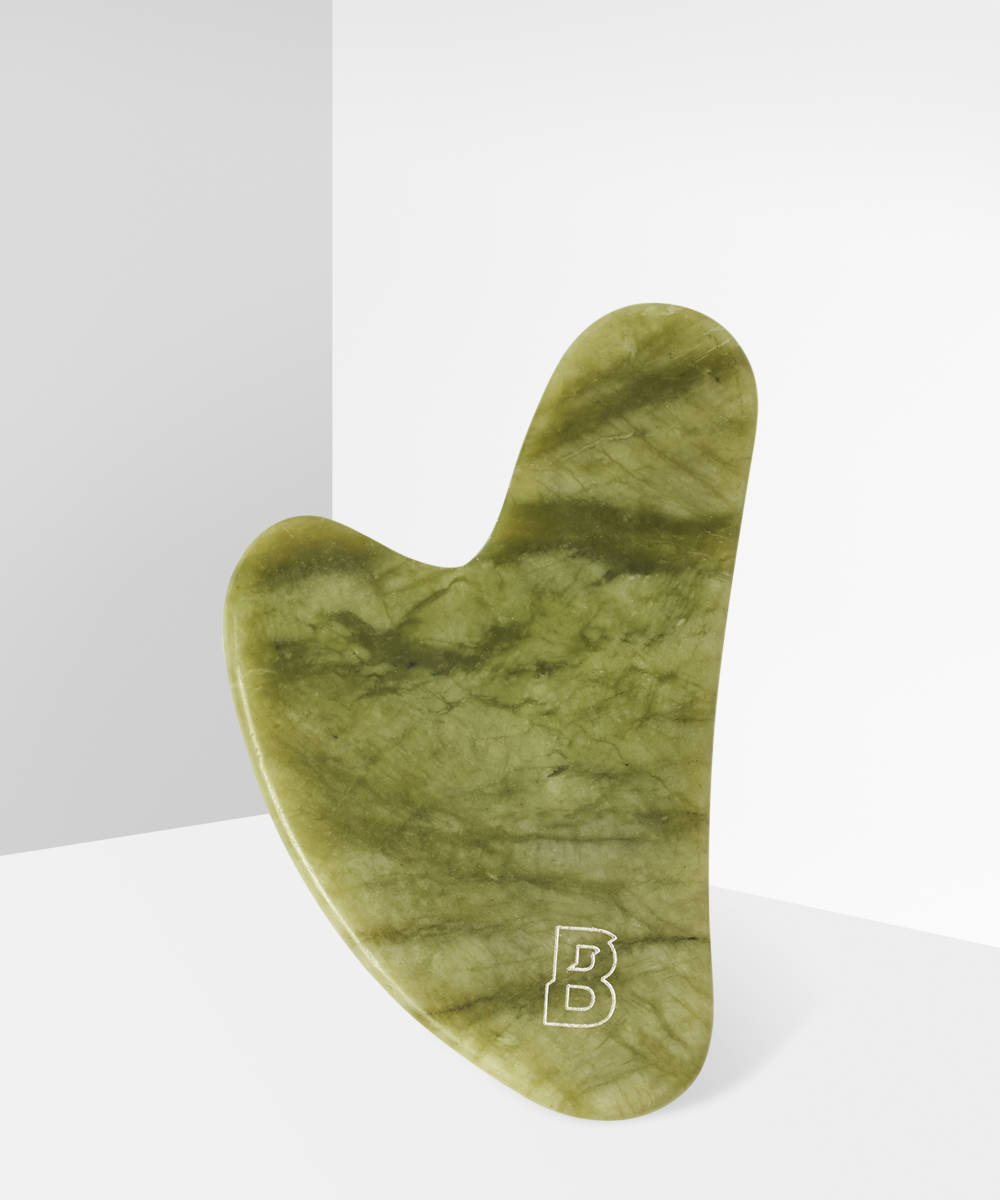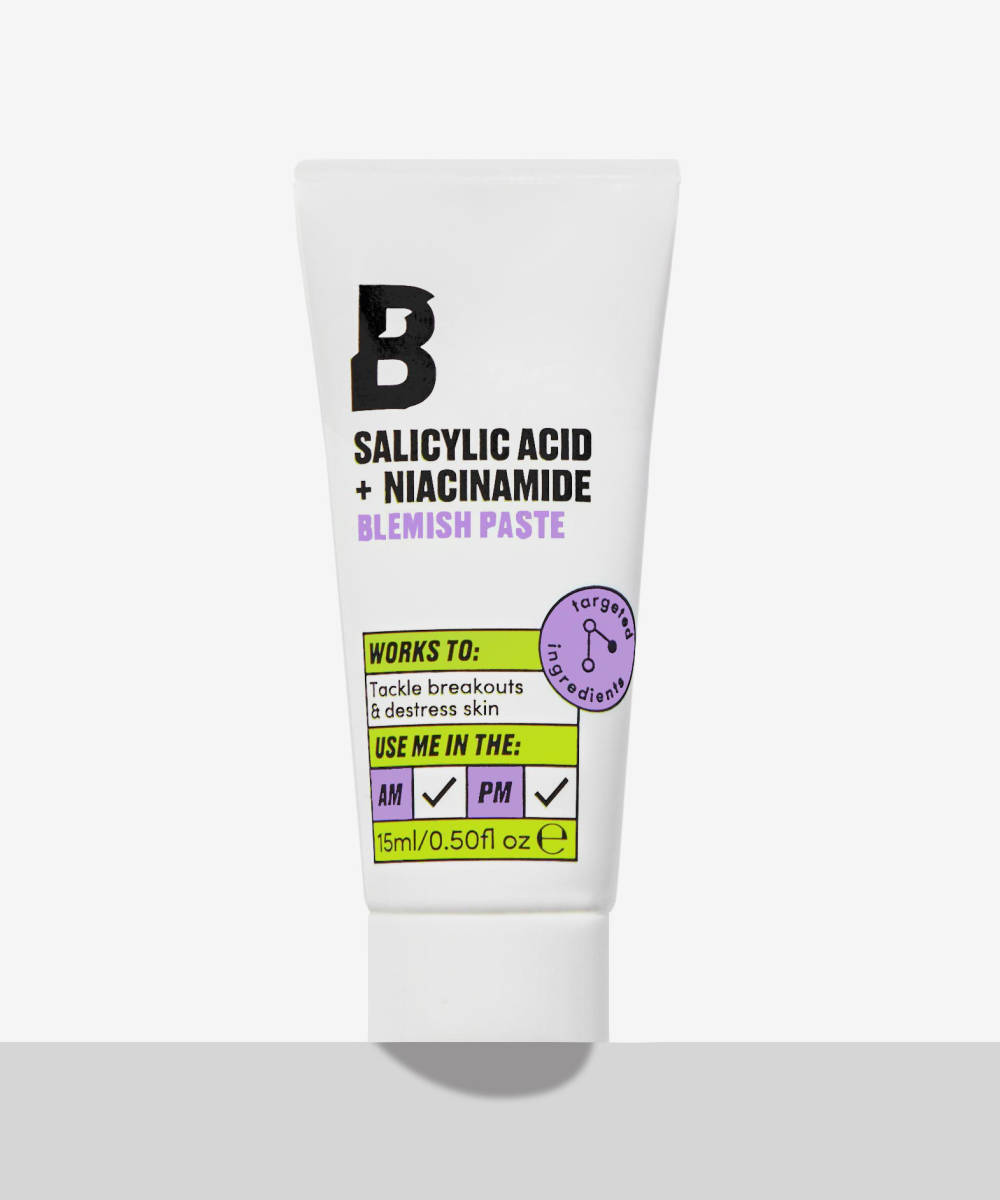TikTok is great for all sorts of things, fashion inspiration, travel tips, recipes… but when it comes to skincare advice, the app is saturated with hacks that don’t necessarily achieve what they promise, and in some cases, could potentially do more harm than good…. Scroll down for a heads-up on the viral trends that you shouldn’t try at home.
The myth: Agireline is Botox in a bottle
Thanks to its effective formulas and affordable prices, The Ordinary skincare gets a lot of airtime on TikTok. Despite being one of the brand’s lesser-known products, the Agireline Solution 10% is a favourite on the app, with hundreds of videos hailing it as ‘Botox in a bottle’. While the serum mimics the way that Botox works, weakening muscles to dissolve wrinkles, it’s not able to penetrate skin as deeply or result in as long-lasting effects.
The myth: You shouldn’t use retinol if you’re young
There are so many misconceptions about retinol on TikTok, but perhaps the biggest of all is that retinol should only be used on mature skin. While retinol is great for treating visible signs of skin aging like loose skin, fine lines, and wrinkles, you can also start to use it preventively in your twenties since this is when your collagen levels start to decline. What’s more, retinol can also benefit acne-prone skin as it speeds up cell turnover, which helps to unclog pores.
The myth: Drinking liquid chlorophyll will clear your skin
You might remember chlorophyll from your high school biology class – it’s the thing that makes plants green and helps them to photosynthesise. Nowadays, you can buy bottled chlorophyll and take is as a supplement, but if it sounds too good to be true that adding a few drops to your morning glass of water could help to clear your skin, aid weight loss, and boost energy levels, then it probably is. Chlorophyll is high in vitamins A, C, E, and K, but it’s not guaranteed to clear your skin.
The myth: Silicones block pores and cause acne
This is a common myth which has been doing the rounds on social media since long before TikTok was invented. Silicones are widely used in skincare formulations because they help to give products a smooth, silky finish – they’re typically found in serums, moisturisers, and makeup primers. Skincare TikTokers like to claim that silicones clog pores and cause breakouts, but there’s absolutely no research to prove this – the molecules of silicones are much too big to be absorbed by the skin.
The myth: Homemade products can work instantly
TikTok is awash with DIY recipes which call for you to mix everything from turmeric, eggs, and bananas to lemons, yogurt, and honey into homemade face masks and blemish treatments. The fact of the matter is that none of these ingredients can have any impact on the skin (let alone work instantly) since they can’t even penetrate it.
The myth: Raw potatoes can take down spots
Anything fresh from the fridge will soothe irritation and inflammation, but you’re by no means limited to potatoes. Instead of wasting your dinner, use a chilled ice roller and gently hold it over breakouts for a few seconds before moving on. The cold temperature stimulates circulation which helps the immune system to take down the blemish – swelling and redness will disappear instantly.
The myth: Toothpaste on spots
Toothpaste is one of many DIY spot treatments you’ll find TikTokers recommending. While there are ingredients in toothpaste which are drying to skin and therefore do shrink spots, this isn’t necessarily the safest or most effective way to deal with breakouts. Instead, use a targeted breakout treatment which contains proven spot-fighting ingredients like salicylic acid and zinc alongside soothing ingredients to help hydrate and heal skin at the same time.
The myth: Use blister plasters to treat spots
And another one… Blister plasters are made from hydrocolloid (aka the same ingredient spot patches are made from) so there is some logic to this one. Due to their size, blister plasters are well suited to targeting multiple breakouts in one go, and will help to keep out bacteria and prevent picking. However, they’re probably not great for frequent use since removing a plaster from your face will cause irritation and potentially aggravate breakouts.
The myth: Slugging will give you younger-looking skin
Slugging actually originated in South Korea where the trend if for dewy glass-like skin: you finish your evening skincare routine with a thick layer of Vaseline (or similar balm-textured product) to seal in moisture. While this is a great way to repair a damaged skin barrier and target patches or dryness or flaking, slugging shouldn’t be used more than occasionally, and those with oily or breakout-prone skin should steer clear.
